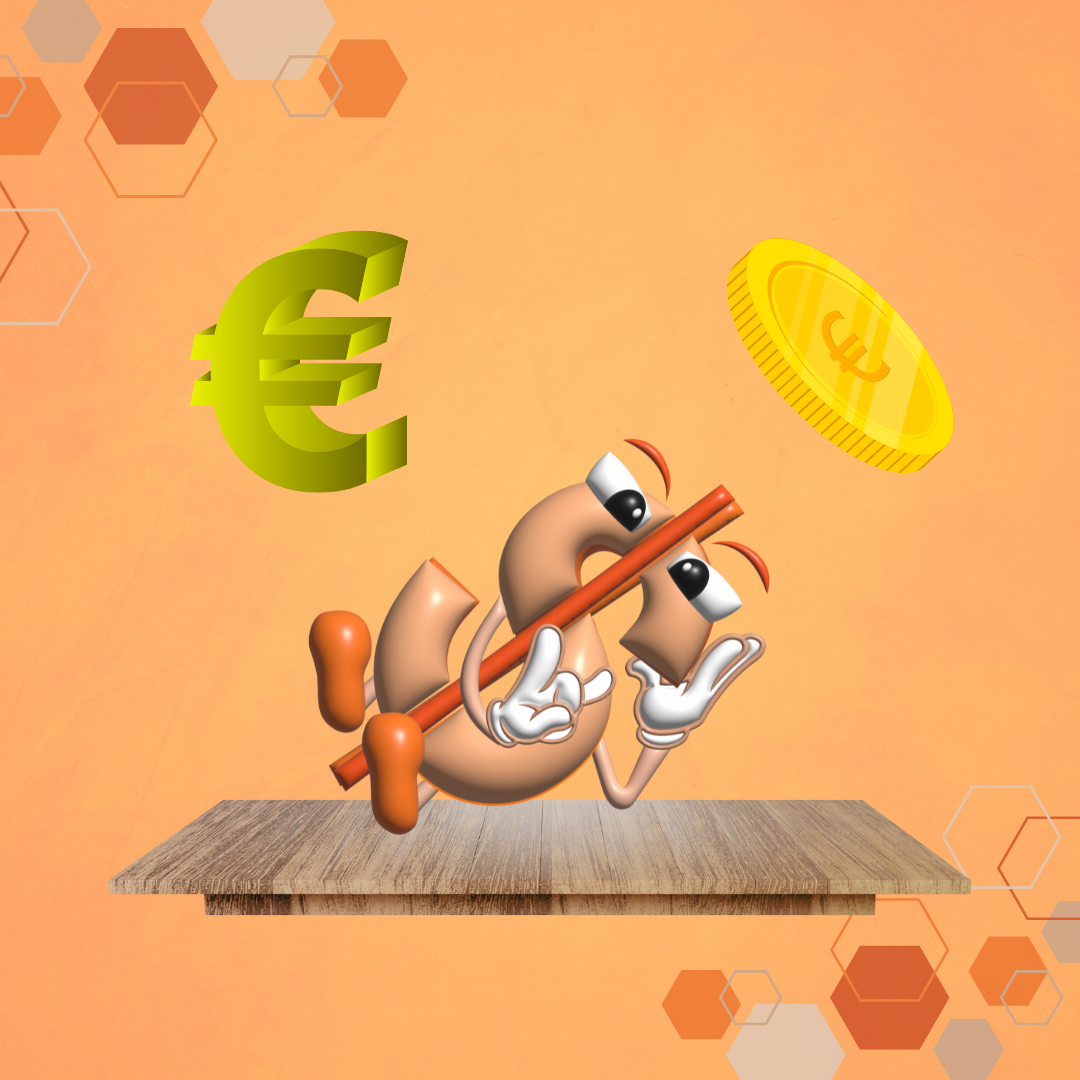The Euro to Dollar exchange rate held its ground for much of the week, but it ultimately ended the week at around 0.9750, down from its opening level of roughly 0.9800.
Wall Street saw huge gains to start the fourth quarter, while government bonds continued their upward trend from the previous week.
Risk-taking appetite is helping the EUR/USD.
Investors anticipated that central banks will slow the rate of quantitative tightening in anticipation of a global recession.
Such expectations and the demand for high yield assets were bolstered by the Reserve Bank of Australia's (RBA's) 25 basis point cash rate increase, which was less than expected.
However, the positive energy was short-lived. On Wednesday, the value of the euro began to fall as the European Union recommended more sanctions against Russia for its invasion of Ukraine in February.
To punish Russia for its illegal takeover of the Ukrainian territories of Donetsk, Luhansk, Kherson, and Zaporizhzhia, the international community capped the price of Russian oil and restricted trade with the country.
There is trouble brewing in Europe's Union.
The risk-taking spirit was further dampened by slow EU figures, which revived concerns about a recession in the Union. The business sector decrease was exacerbated by a downward revision of S&P Global's September PMIs.
Although wholesale inflation in the EU increased by 43.3% year-over-year in August, retail sales fell by 0.3%, with Germany seeing the largest decline (-1.3%).
A Gathering to Discuss Monetary Policy by the European Central Bank Common currency was also affected by accounts. The memo claims that certain government employees preferred a rate hike of 50 basis points rather than the proposed 25.
In addition, the median inflation forecast for the next three years has not changed from 3%. Although policymakers acknowledged that a euro depreciation could exacerbate inflationary pressures, they argued that taking "decisive" action now would prevent the need for a more forceful rate increase later.
Officials at the US Federal Reserve are more bullish now than they have ever been before.
As more and more speakers from the US Federal Reserve hit the wires, reflecting their signature hawkish tone, the market atmosphere deteriorated further.
President Neel Kashkari of the Minneapolis Federal Reserve has remarked that more work needs to be done on inflation, and that while there is a danger of overshooting, there is practically no indication that inflation has peaked.
Inflation has been identified as a top priority by both Charles L. Evans, president of the Federal Reserve Bank of Chicago, and Loretta Mester, president of the Federal Reserve Bank of Cleveland.
Christopher Waller, a governor at the Federal Reserve, has said that he sees no reason for the Fed to slack down on its policy of tightening monetary conditions. Meanwhile, information from the US has added to speculation that the Fed would maintain its aggressive monetary tightening track.
Data from the Bureau of Labor Statistics' Nonfarm Payrolls showed that 265,000 jobs were created in the United States in September, which was higher than predicted but still lower than August's gain of 313,000.
Although the decrease in unemployment to 3.5% was surprising, the decrease in labor force participation to 62.3% from 62.4% in August was less so. There had been a spate of terrible job data in the United States preceding the announcement.
On Tuesday, the market received news that the number of job openings dropped sharply in August, while the number of layoffs and discharges remained at around 1.5 million.
Additionally, the Challenger Job Cuts report published on Thursday indicated that in September, US-based employers reported 29,989 layoffs, which was an increase of 46.4% from August and 67.7% from September 2017.
For the week ending September 30, initial unemployment claims unexpectedly rose to 219K, well over the 200K projections. The labor market is sturdy enough to survive rate hikes, despite contradictory data. Inflation is the root of all evil.
There will be fewer, but more riveting, things happening over the next week. The US Federal Reserve will disclose the minutes from their most recent meeting on Wednesday, and on Thursday, the government will unveil the CPI for September.
This year's predicted annual inflation rate of 8.1% is up from last year's 8.3% increase. There is consensus that the core rate will be 6.5%. Even if the Consumer Price Index drops in August, that probably won't change the market's expectations for what the Fed will do.
The September release of Germany's Harmonized Consumer Price Index is expected to show a flat reading of 10.9%. On Friday, September US retail sales will be the center of attention.


Comments
Post a Comment